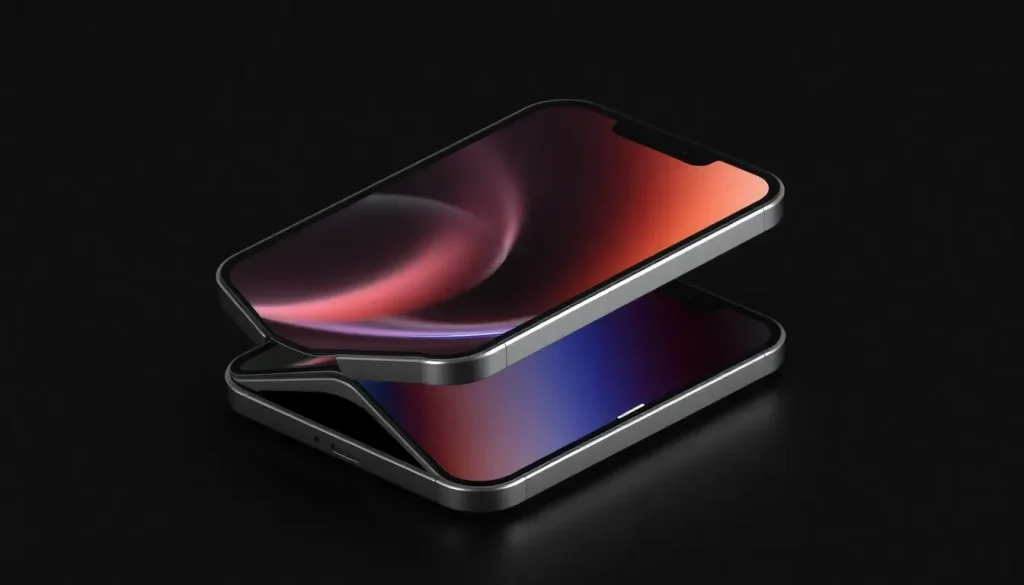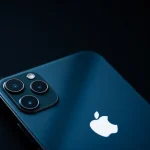Apple's iPhone Fold may feature titanium and aluminum frame

The anticipation surrounding Apple's potential iPhone Fold has been building for years, fueled by rumors and speculation about its design and materials. As Apple continues to explore innovative technologies for its devices, the choice of materials—specifically titanium and aluminum—has become a focal point for analysts and enthusiasts alike. Understanding the implications of these materials in the context of a foldable device adds depth to the ongoing conversation about Apple's next big innovation.
- Why lighter materials are essential for foldable devices
- The evolution of material choices in iPhone design
- Which iPhones currently feature aluminum frames?
- Why did Apple stop using titanium in earlier models?
- What to expect from the iPhone 17 and its material choices
- Challenges and considerations for foldable smartphone releases
Why lighter materials are essential for foldable devices
In the realm of smartphone design, particularly for foldable devices, weight and durability are critical factors. The recent discussions led by analyst Jeff Pu suggest that a hybrid frame made from aluminum and titanium will be employed in the iPhone Fold. This choice is not merely aesthetic but functional, addressing key challenges in foldable technology.
The decision to utilize lighter materials stems from the need to create a device that is both durable and portable. A few reasons why lighter materials are crucial include:
- Enhanced portability: A lighter phone is easier to carry and handle, which is vital for user comfort.
- Improved battery efficiency: Lighter devices often consume less power, allowing for longer battery life.
- Better heat dissipation: Materials like aluminum can help in dissipating heat more effectively, enhancing device performance.
- Structural integrity: Combining materials can provide the required strength while keeping weight down.
Considering that the iPhone Fold is reportedly designed to resemble two iPhone Air models joined by a hinge, the importance of weight reduction becomes even more pronounced. Current estimates suggest that without careful material selection, the device could weigh significantly more than competing foldables, such as the Samsung Galaxy Z Fold7.
The evolution of material choices in iPhone design
Historically, Apple has leveraged various materials in its devices to balance aesthetics, durability, and weight. While previous models utilized stainless steel frames, the shift towards aluminum and titanium in the iPhone Fold reflects a strategic evolution aimed at enhancing user experience.
Stainless steel, while robust, adds considerable weight. Analysts like Ming-Chi Kuo have previously hinted at the possibility of using liquid metal for the hinges, offering a promising alternative that combines strength with reduced mass. The anticipated use of titanium in the hinge mechanism is particularly noteworthy, as it represents a cutting-edge application of Liquid Metal technology, known for its toughness and flexibility.
Which iPhones currently feature aluminum frames?
Aluminum has been a staple in Apple's design language, particularly for its lighter devices. Some notable models that incorporate aluminum frames include:
- iPhone 6 and 6s: The first models to showcase a sleek aluminum unibody.
- iPhone SE (1st generation): A compact device that utilized aluminum for a premium feel.
- iPhone 7 and 8: Continued the trend with aluminum bodies, enhancing both aesthetics and durability.
- iPhone Air: Acknowledged for its lightweight design thanks to aluminum.
These models highlight Apple's commitment to using aluminum as a means to achieve a balance between design and functionality. As the iPhone Fold approaches production, it is likely that Apple will continue this tradition while innovating with new materials.
Why did Apple stop using titanium in earlier models?
While titanium has its advantages, Apple has historically opted for aluminum or stainless steel in many of its devices. The reasons for this can be summarized as follows:
- Cost: Titanium is significantly more expensive to source and process compared to aluminum.
- Manufacturing challenges: The complexities involved in shaping titanium can lead to higher production costs and longer lead times.
- Weight considerations: While titanium is lighter than stainless steel, it can still be heavier than aluminum depending on the thickness and design.
However, the potential for a titanium component in the iPhone Fold is intriguing, especially if it is limited to specific parts such as the hinges, where strength and durability are paramount.
What to expect from the iPhone 17 and its material choices
As speculation continues about the upcoming iPhone 17, many are curious whether it will follow the footsteps of the iPhone Fold in utilizing a hybrid of materials. The expectation is that Apple will innovate not just in design but also in the materials used. Key points include:
- Focus on durability: Expect the new models to feature advanced materials that enhance resistance to wear and tear.
- Lightweight design: A continued emphasis on keeping devices light while maximizing structural integrity.
- Usage of advanced alloys: Apple may explore new aluminum alloys or composite materials for improved performance.
Challenges and considerations for foldable smartphone releases
The journey towards a successful launch of the iPhone Fold is fraught with challenges, both technological and market-driven. With a potential release date rumored for 2026, analysts suggest a few hurdles that Apple must overcome:
- Manufacturing complexities: Foldable devices require precise engineering to ensure durability and functionality.
- Market competition: Samsung and Google have already established a foothold in the foldable market, demanding that Apple deliver a compelling product.
- Consumer demand: Evaluating whether the market truly desires a foldable iPhone as opposed to other innovative solutions, such as augmented reality devices like the Apple Vision Pro.
As Apple navigates these challenges, the eyes of the tech world will remain fixed on its decisions regarding materials and design, especially as it seeks to advance the concept of a foldable smartphone.
For those eager to see how these innovations materialize, check out this insightful video discussing the potential implications of Apple's material choices:



Leave a Reply